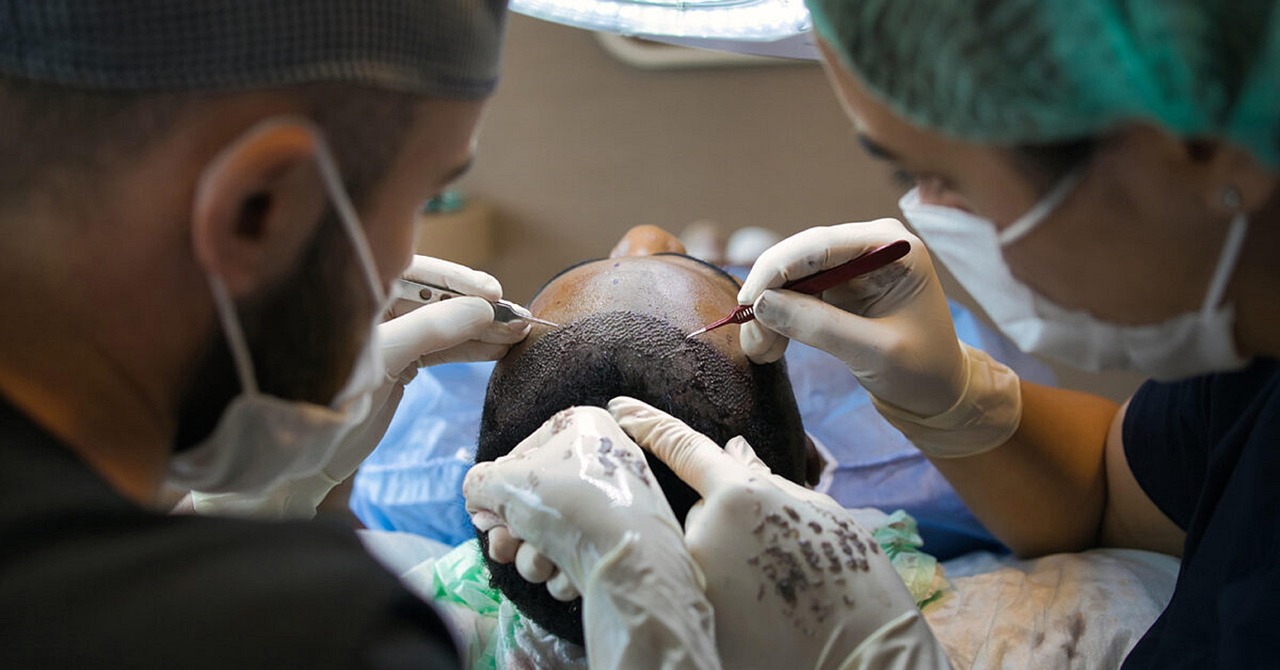Forehead reduction surgery—also known as hairline lowering surgery—is a cosmetic procedure designed to reduce the vertical height of the forehead. It’s often chosen by individuals who feel their forehead appears too large or out of proportion with their facial features. Whether due to genetics, hair loss, or personal aesthetics, this surgery offers a permanent solution to rebalance facial harmony. Here’s a complete guide to understanding how it works, who it’s for, and what to expect.
What Is Forehead Reduction Surgery?
Forehead reduction surgery involves the surgical advancement of the hairline. The procedure reduces the space between the eyebrows and the hairline by excising a section of forehead skin and advancing the scalp forward. This technique can typically reduce forehead height by 2 to 3 centimeters, depending on individual anatomy and scalp laxity.
It is often performed under local anesthesia with sedation or general anesthesia, depending on the patient’s preference and the complexity of the case.
Who Is a Good Candidate?
Ideal candidates for forehead reduction surgery include:
-
People who naturally have a high hairline or an extended forehead area
-
Those with good scalp laxity (loose scalp skin)
-
People in good physical health and non-smokers
-
Patients with realistic expectations about the outcomes
It may not be suitable for people with significant hair loss patterns (like advanced male-pattern baldness) unless combined with a hair transplant.
The Procedure: Step-by-Step
-
Pre-Op Planning
The surgeon outlines the planned hairline placement by considering the patient’s aesthetic goals and the overall balance of their facial features. Scalp laxity is measured to determine how much the hairline can be advanced safely. -
Anesthesia
Local anesthesia with sedation or general anesthesia is administered to ensure comfort. -
Incision and Skin Removal
A trichophytic incision (made within the natural hairline) is used to remove a portion of forehead skin. This technique helps minimize visible scarring. -
Hairline Advancement
The scalp is gently advanced forward, and the hairline is sutured in its new position. -
Closing the Incision
Benefits of Forehead Reduction Surgery
-
Improved Facial Proportions
Reduces the appearance of a long or large forehead, enhancing balance and symmetry. -
Boost in Confidence
Many patients report increased self-esteem and satisfaction with their appearance. -
Immediate Results
Unlike hair transplant procedures, results are noticeable right after healing. -
Minimal Downtime
The majority of patients are able to resume work and daily routines within 7 to 10 days following the procedure.
Potential Risks and Complications
-
Scarring (though often minimal and hidden in the hairline)
-
Temporary numbness or tingling around the incision site
-
Infection or poor wound healing
-
Hair loss around the incision (usually temporary)
-
Asymmetry if not properly performed
Choosing a board-certified, experienced plastic or facial surgeon greatly reduces these risks.
Recovery and Aftercare
-
Initial Days: Expect swelling, bruising, and mild discomfort. Ice packs and pain medication can help.
-
Sutures Removal: Typically removed within 7–10 days.
-
Final Results: Swelling subsides within a few weeks, and the final appearance is usually visible by 3–6 months.
-
Scar Care: Your surgeon may recommend silicone gel, massage, or laser treatments to minimize scarring.
Avoid heavy lifting, strenuous exercise, and sun exposure during recovery.
Forehead Reduction vs. Hair Transplant
While both procedures can alter the hairline, they serve different purposes. Hair transplant adds hair follicles to fill in thinning or receding areas, whereas forehead reduction physically lowers the hairline by moving the scalp. In some cases, the two are combined for optimal results.
Conclusion
Forehead reduction surgery offers a life-changing solution for those who feel self-conscious about a prominent forehead or elevated hairline. With proper planning, skilled surgical technique, and aftercare, it offers natural-looking, permanent results that can enhance both facial aesthetics and self-confidence. As with any cosmetic procedure, consult with a qualified surgeon to determine if it’s the right choice for you.



